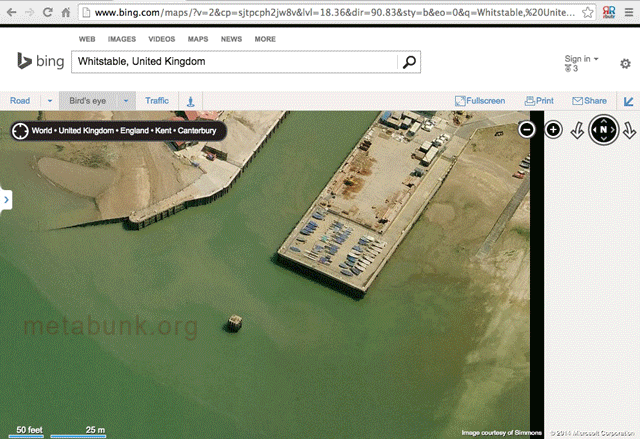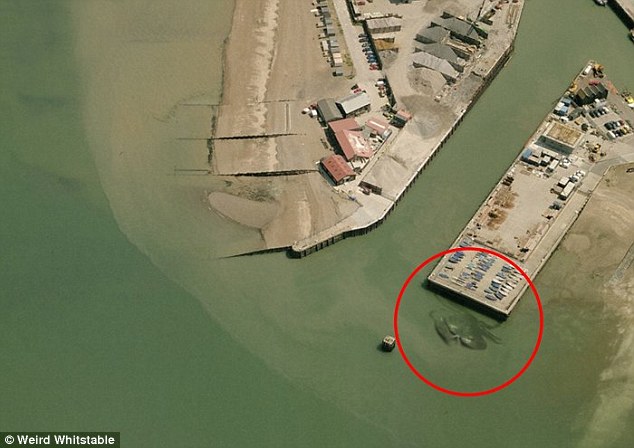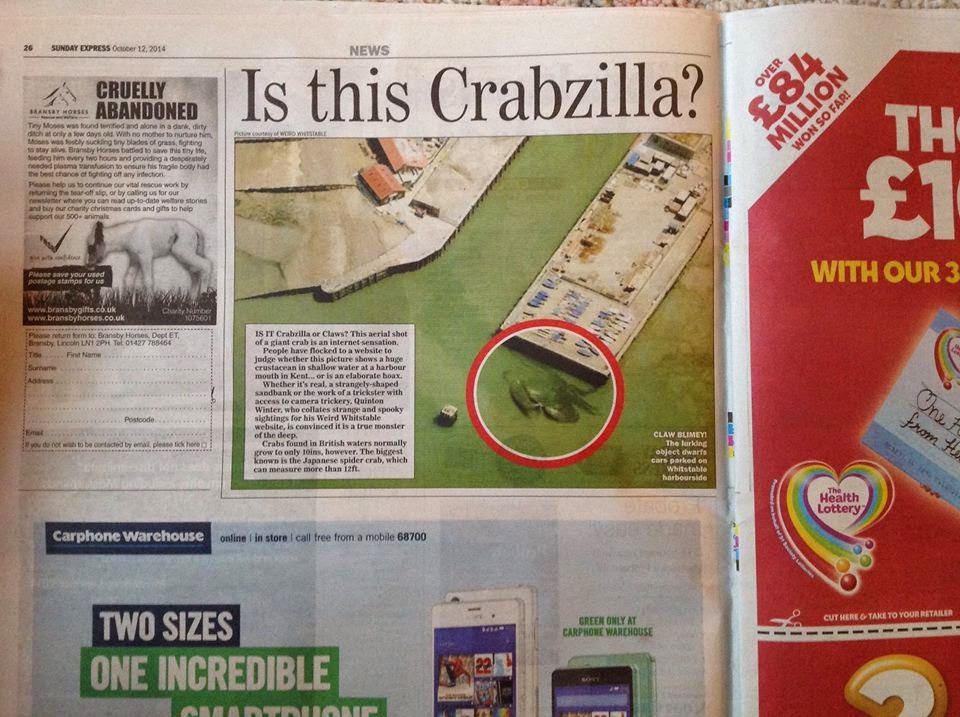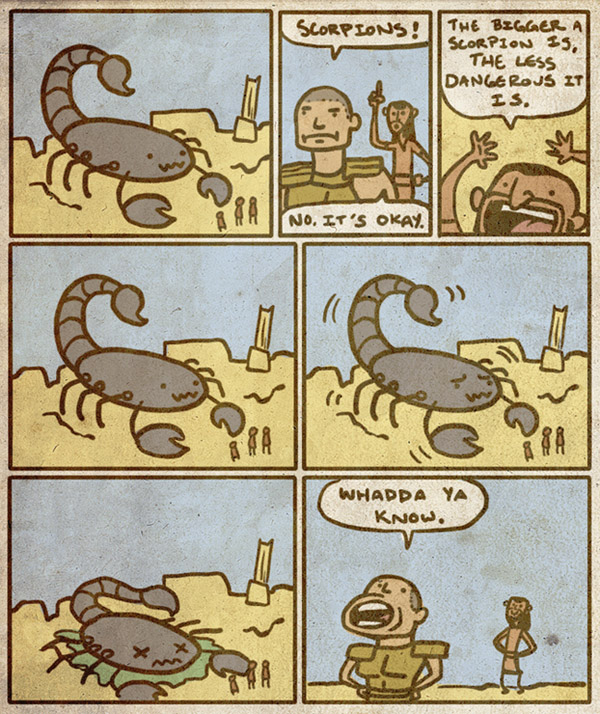Trailspotter
Senior Member.
Update: Debunked. It's a photoshop of a crab onto an image from Bing Maps.

(Bing maps image found by @Trailblazer)
Fresh from the British press:
http://www.dailymail.co.uk/news/art...-measuring-50ft-lurking-waters-whitstable.htm
Crabzilla! Photo appears to show giant CRAB measuring at least 50ft across lurking in the waters off Whitstable



(Bing maps image found by @Trailblazer)
Fresh from the British press:
http://www.dailymail.co.uk/news/art...-measuring-50ft-lurking-waters-whitstable.htm
Crabzilla! Photo appears to show giant CRAB measuring at least 50ft across lurking in the waters off Whitstable


The seaside town might be famed for its oysters, but this incredible image could soon have visitors flocking to Whistable in the hope of catching Britain's biggest crab.
The photograph, which has been shared online, appears to show a crustacean that is at least 50ft-wide lurking in shallow water.
While some insist it is proof of 'Crabzilla', others argue that the shadowy figure is nothing more than an unusually-shaped sandbank - or is simply a playful hoax.
The image shows the outline of a crab in the mouth of the Kent harbour - dwarfing the fishing boats resting on the nearby pier.
It is shaped like an edible crab, a species that is commonly found in British water and grows to an average of five inches.
The photograph was posted on a website called Weird Whitstable - an online collection of strange and unusual sightings in the town.
Last edited by a moderator:


